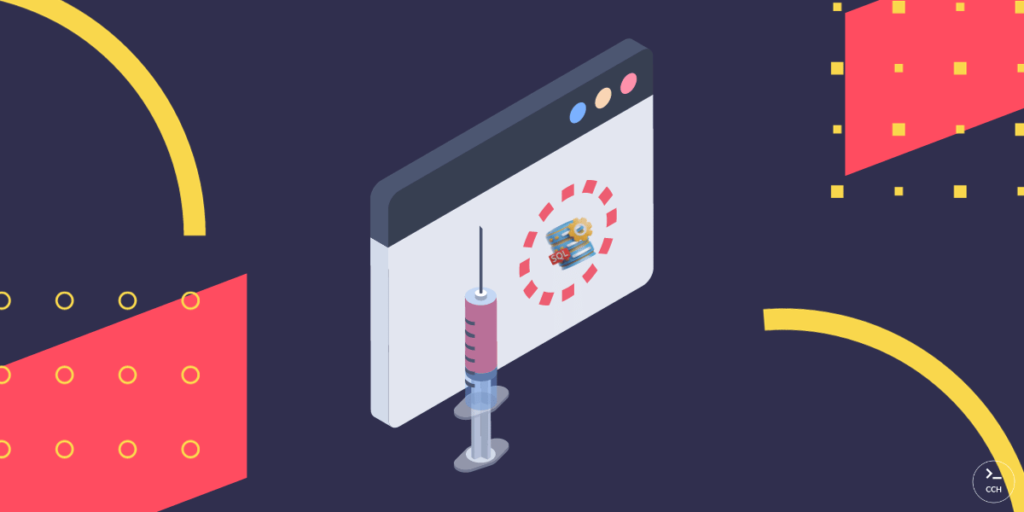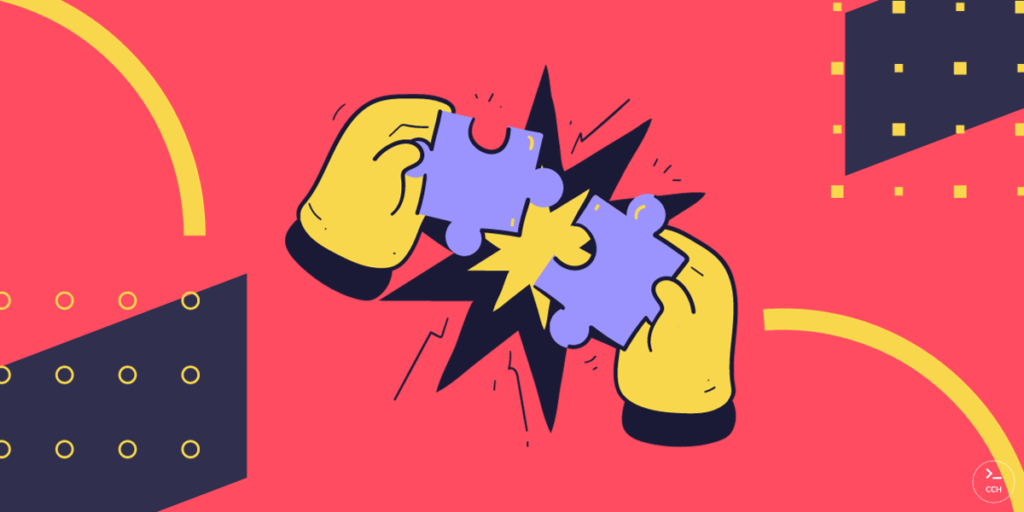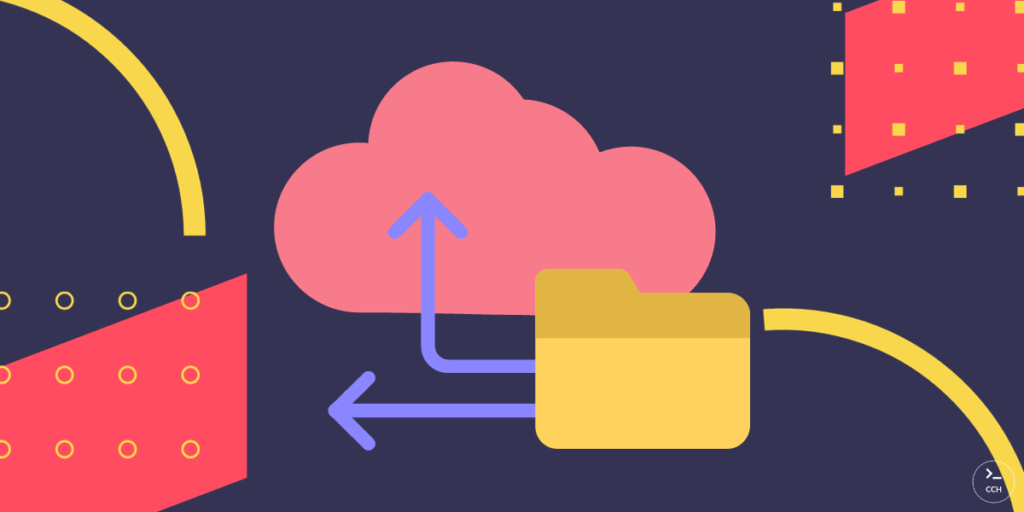WordPress is a versatile and popular platform for creating websites and blogs, making it accessible for both beginners and experienced webmasters. However, like any other online platform, WordPress sites are not immune to threats that can compromise their security and functionality. In this beginner’s guide, we’ll explore the most significant threats to your WordPress site and discuss essential steps to protect your online presence.
1. Malware and Hacking

One of the most common threats to WordPress sites is malware and hacking. Malicious actors may exploit vulnerabilities in your site’s code or plugins, gaining unauthorized access to your website. This can lead to data breaches, defacement, or the installation of harmful software.
Prevention: Regularly update your WordPress core, themes, and plugins. Use strong, unique passwords, and consider implementing two-factor authentication. Security plugins like Wordfence and Sucuri can provide an extra layer of protection.
2. DDoS Attacks

Distributed Denial of Service (DDoS) attacks involve overwhelming your site with an excessive amount of traffic, rendering it inaccessible to genuine users. These attacks can disrupt your site’s availability and even lead to downtime.
Prevention: Utilize a web application firewall (WAF) and a content delivery network (CDN) to mitigate DDoS attacks. Services like Cloudflare offer robust protection against this threat.
3. Brute Force Attacks

Brute force attacks are attempts to guess your login credentials by systematically trying various username and password combinations. If successful, attackers can gain access to your WordPress dashboard.
Prevention: Limit login attempts, change the default ‘admin’ username, and employ strong passwords. Consider using plugins like Limit Login Attempts or Wordfence to enhance security.
4. Phishing and Social Engineering

Phishing involves tricking users into revealing sensitive information such as login credentials, personal data, or payment details. Attackers often use deceptive emails or fake login pages to achieve this.
Prevention: Educate yourself and your users about recognizing phishing attempts. Verify the source of any emails asking for sensitive information and avoid clicking on suspicious links.
5. SQL Injection

SQL injection is a technique used to manipulate a website’s database by injecting malicious SQL queries into forms or input fields. This can result in data theft, unauthorized access, or data corruption.
Prevention: Keep your site and plugins updated, as developers often patch vulnerabilities that could be exploited through SQL injection. Use security plugins and sanitize user inputs to block these attacks.
6. Vulnerable Themes and Plugins

WordPress relies heavily on themes and plugins to extend functionality. However, outdated or poorly-coded themes and plugins can create security vulnerabilities, making your site an easy target for hackers.
Prevention: Regularly update themes and plugins. Choose well-established, trusted options from the WordPress repository or reputable developers. Remove or replace any outdated or unused themes or plugins.
7. Lack of Backups

Failure to regularly backup your WordPress site can result in significant data loss in the event of an attack, technical issues, or accidental deletions.
Prevention: Set up automated backups using plugins like UpdraftPlus or BackWPup. Ensure your backups are stored in a secure location, such as an offsite cloud service.
Conclusion

Protecting your WordPress site is essential, and even beginners can take steps to mitigate the most common threats. By keeping your core software, themes, and plugins up to date, implementing strong passwords and security measures, and practicing good online habits, you can significantly reduce the risk of falling victim to these threats. Remember that vigilance is key, and it’s crucial to stay informed about the evolving landscape of website security to keep your WordPress site safe and secure.

